Yesterday gave the legs a test with a day spent walking around Kaohsiung. Lovely weather and great company made it a perfect day.
One of our stops was Cihou Fort, the Qing Dynasty gun battery located outside Kaohsiung harbor (map link). The fort is easy to get to: just take the metro to Shiziwan, then walk to the ferry, take the ferry across the harbor (5 mins, $15 nt), then walk half a kilometer or so to the fort entrance. Entrance is free.
The walk up offers some good views over the city, including one of a hospital being torn down. Note where the power shovel is parked...
Wiki notes:
First fortifications were built in 1720 (during Kangxi's reign and Qing rule). After Japanese expedition in 1874 Chinese authorities constructed a modern fort, which in 1880 had new Armstrong's guns installed. It played no part in the Sino-French War; the fighting in Taiwan took place around Keelung and during blockade French ships did not approach the port.The Chinese text says the fort's commander ran away when the Japanese appeared. The gun crews, incompetent though they were, bravely soldiered on, firing a few rounds. Wiki adds that the fort, designed by a British engineer, consists of three parts:
Taiwan was ceded to Japan according to the Treaty of Shimonoseki in the aftermath of the first Sino-Japanese war. The local troops, however, fought on. On 12 October 1895, escadre commanded by admiral Arichi Shinanojo (cruisers Yoshino, Naniwa, Akitsushima, Yaeyama, Saien (ex Chinese Jiyuan, captured in Weihaiwei) and corvette Hiei) arrived at Kaohsiung and prompted the foreigners to evacuate, as they would conduct the attack on the next day. The foreigners boarded gunboat HMS Tweed and two tugs and withdrew (only to return once the fight was over). At 7 am, 13 October, Japanese ships "opened fire on the Takow [Kaohsiung] forts at a range of about 6,000 yards. For the first half hour, the forts responded, but after this their guns were silent...The forts fired twenty four rounds, the best shot being from the 8-inch B.L. Armstrong guns in Apes' Hill fort, which struck the water about 500 yards from the Naniwa Kan."The Japanese troops seized the forts in early afternoon, suffering no casualties (4 Chinese soldiers were killed).
...fortified barracks, around rectangular square, with close-defence parapet on the roof. Of the two gates, one leads to the battery, the other used to be a main southern gate. It bore a Chinese inscription, which could be translated as "Mighty blow to the South" – the characters for "mighty blow" were shot away by a shell from Yoshino. The rest, still visible, serve as ironic remainder of history.Much of the fort still remains, since it was still used in the KMT period. It was restored in the early 1990s by the Kaohsiung city government.
The gate.
A pan of the interior.
The barracks and other rooms, all locked.
The parapet where the four 7" guns were mounted.
Gun site.
Good views over the nearby sea.
Half the fort.
Rear gate.
Well worth a visit on a day trip out here, Cihou Fort remains an evocative historical site of Taiwan as a nexus of colonial interest from Imperial Japan, the Manchu Empire, and the European powers.
_______________________
[Taiwan] Don't miss the comments below! And check out my blog and its sidebars for events, links to previous posts and picture posts, and scores of links to other Taiwan blogs and forums!
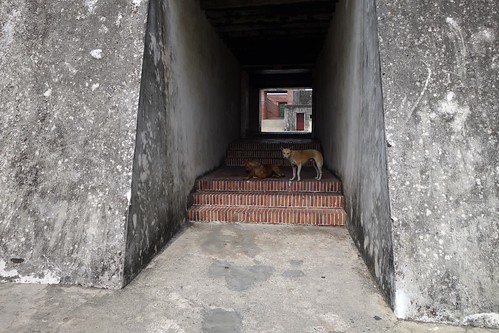

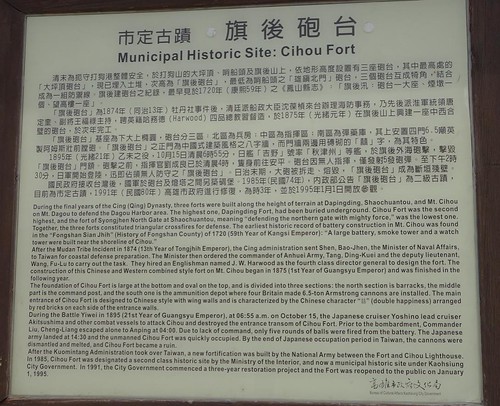
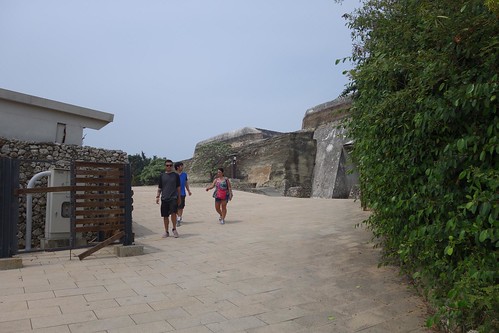

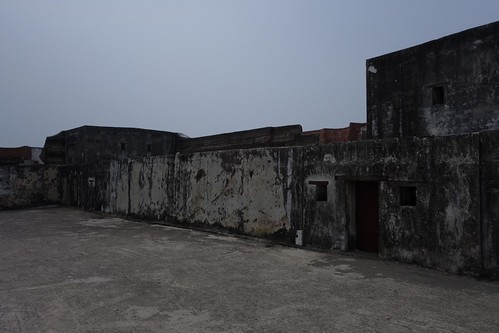
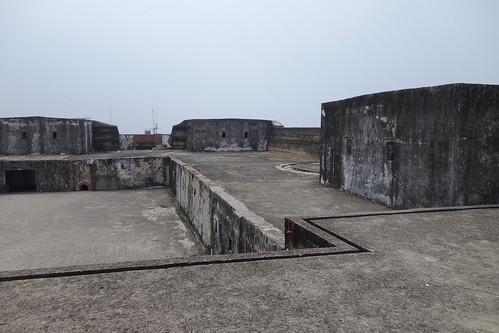
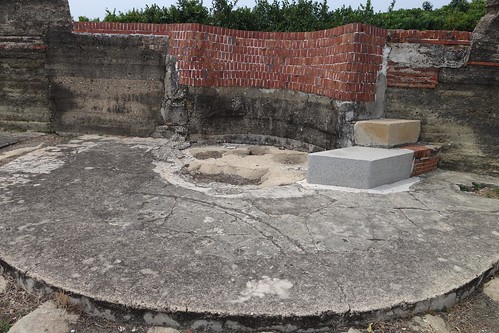

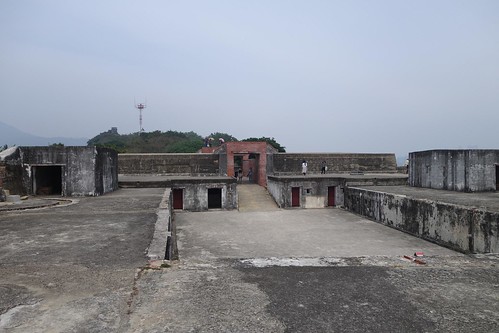

No comments:
Post a Comment